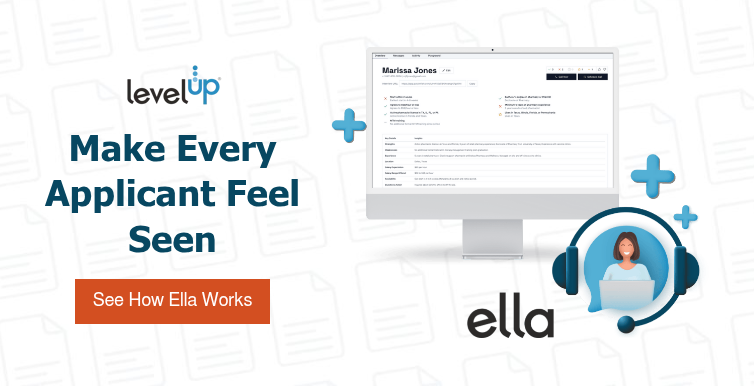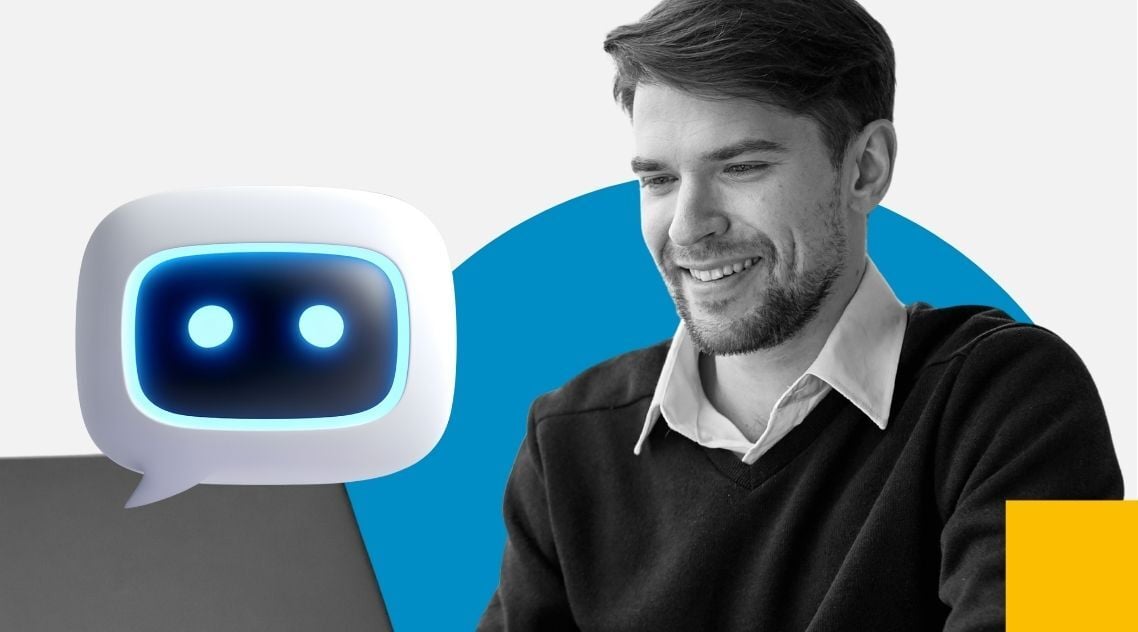When “More Applications” Isn’t Always a Good Thing
For years, talent acquisition teams have measured success in part by the number of candidates entering the funnel. But as digital job boards, one-click applications, and remote work opportunities expand access, many organizations are now facing a paradox: they’ve never had more applicants, and yet hiring has rarely felt harder.
Recruiters describe inboxes flooded with resumes, screening queues that stretch for weeks, and increasing pressure from hiring managers to “move faster.” In theory, a large applicant pool should give organizations a better chance at finding top talent. In practice, it’s creating the opposite effect.
Instead of improving outcomes, overwhelming application volume is diluting recruiter attention, stretching processes thin, and leaving many candidates feeling unseen.
The Silent Damage of a Broken Candidate Experience
For job seekers, this reality translates into a familiar frustration: they apply enthusiastically, wait weeks without hearing back, and eventually assume their application has been lost to the “black hole.”
This experience isn’t just demoralizing, it’s defining. Your candidate experience sets the tone for your employer brand from the very first interaction. When candidates don’t hear back, their impression of the company changes—and not for the better.
Common breakdowns include:
- Long delays or no response after submitting an application.
- Generic, automated updates that provide no meaningful information.
- Inconsistent screening experiences, where one candidate gets a call within hours and another hears nothing.
These small failures accumulate. Candidates talk, reviews surface online, and employer reputation suffers. Even those who weren’t the right fit might have been future customers, advocates, or referrals; But a negative experience ends the relationship before it begins.
The Ripple Effect Inside the Talent Acquisition Function
While much of the conversation around candidate experience focuses on applicants, recruiters themselves are struggling under this pressure. The need to manually review every resume, conduct repetitive first-round calls, and respond to candidate inquiries has reached unsustainable levels.
The result is a cycle that feeds on itself:
- High application volume overwhelms recruiters.
- Response times slow, communication drops.
- Candidate dissatisfaction grows, hurting the employer brand.
- Poor brand perception attracts more unqualified applicants, creating even more volume.
The core issue isn’t a lack of effort, but a lack of capacity. TA professionals want to deliver a thoughtful, human experience, but the current system simply doesn’t give them the bandwidth to do so. At LevelUP, we see these challenges firsthand. No system is perfect, but every step toward faster, fairer communication makes a difference.
Why Traditional Fixes Fall Short
Faced with an overwhelming volume of applicants, many organizations have tried to solve the problem by throwing more resources at it. That might mean hiring additional recruiters, outsourcing screening, or purchasing automation tools.
Each approach helps temporarily, but none address the root cause: capacity and consistency.
- Adding recruiters improves short-term throughput but isn’t sustainable when volume fluctuates.
- Outsourcing offers relief but removes control from the organization’s brand and process.
- Basic automation in recruiting may accelerate steps but often creates generic interactions that feel cold or impersonal.
The result is a fragmented system that hinders the balance between empathy for candidates and efficiency for recruiters.
How Recruitment Technology Can Protect Candidate Experience at Scale
Reimagining the First Interaction
Candidate experience starts long before an interview. It begins the moment someone hits “submit.” That first touchpoint—acknowledgment, communication, screening—is where most experiences break down.
Reimagining the first interaction means asking:
- How can we make every applicant feel seen, even when volume is high?
- How can we ensure consistency without sacrificing empathy?
- How can recruiters regain time to focus on relationships instead of repetition?
For many organizations, the answer lies in combining human judgment with intelligent recruitment technology. When the earliest stage of hiring is handled thoughtfully, it changes everything downstream: candidates stay engaged, recruiters stay focused, and the process starts with momentum instead of silence.
Technology as an Enabler in Human-Centered Recruitment
Emerging tools in talent acquisition are rethinking the earliest stage of the candidate journey. Instead of letting resumes pile up, these systems can engage applicants faster by acknowledging their submission, collecting basic screening information, and sharing clear next steps.
When implemented with care, these tools can help organizations reduce the number of candidates left waiting in silence. Recruiters receive organized, structured insights rather than unfiltered resumes, allowing them to focus their energy on qualified candidates and meaningful interactions.
One example is Ella, LevelUP’s AI Talent Scout. Ella uses conversational voice technology to help screen applicants quickly, empowering more consistent evaluations and timely follow-up. Candidates experience a genuine conversation—at any time of day—while recruiters regain valuable hours once spent managing inboxes and scheduling screens.
Ella isn’t a chatbot or a replacement for recruiters. Instead, she’s designed to extend their reach, helping recruiters acknowledge more candidates and reduce missed opportunities. When candidates feel recognized, even through assisted technology, it strengthens trust and engagement from the start.
What Better Looks Like
Organizations experimenting with this kind of blended human-and-AI approach to talent acquisition are already seeing tangible improvements in both perception and performance.
- Stronger candidate acknowledgment: Fewer unanswered applications and missed follow-ups.
- Shorter screening cycles: Candidates move from application to first conversation in hours rather than weeks.
- Higher engagement: Applicants stay connected through consistent communication and timely updates.
- Improved recruiter satisfaction: Teams spend more time on strategy, less on admin.
- Enhanced employer brand: Word spreads quickly when candidates feel respected, even if they aren’t selected.
These aren’t just operational improvements; they signal a shift in mindset from reactive hiring to proactive relationship-building supported by recruitment technology.
The Human Element Still Matters Most
It’s easy to assume that improving candidate experience means relying on automation, but that misses the point. Technology can make communication faster and more consistent, but empathy remains the foundation.
Recruiters still play the most important role: connecting with people, understanding motivations, and shaping an experience that reflects the organization’s values. AI in recruiting simply clears the path so they have the time and focus to do that.
When candidates sense both efficiency and empathy, trust grows. And trust leads to better outcomes on both sides.
As every new posting attracts more hopeful applicants, candidate experience can no longer be treated as an afterthought. It’s a direct reflection of how an organization values people, communicates, and competes for talent. Improvement doesn’t require overhauling every system or abandoning human touch. It begins with one principle:
Every applicant should feel that their interest in a role is met with acknowledgment, not silence.
That’s the standard we’re striving for, and technology like Ella helps make that goal more achievable at scale. The future of talent acquisition belongs to organizations that listen first, act quickly, and make every interaction count; because behind every application is a person, and they’re paying attention to how you treat them.
About LevelUP
LevelUP Human Capital Solutions is a minority-owned talent acquisition and workforce solutions provider helping organizations attract, engage, and manage exceptional talent. We combine data, technology, and human insight to create better outcomes for employers and job seekers alike. We’re continuously learning how to deliver a better experience for every candidate; Technology helps us advance toward that goal, but empathy and iteration keep us there. See how Ella is helping organizations shape a more transparent and respectful candidate journey.






